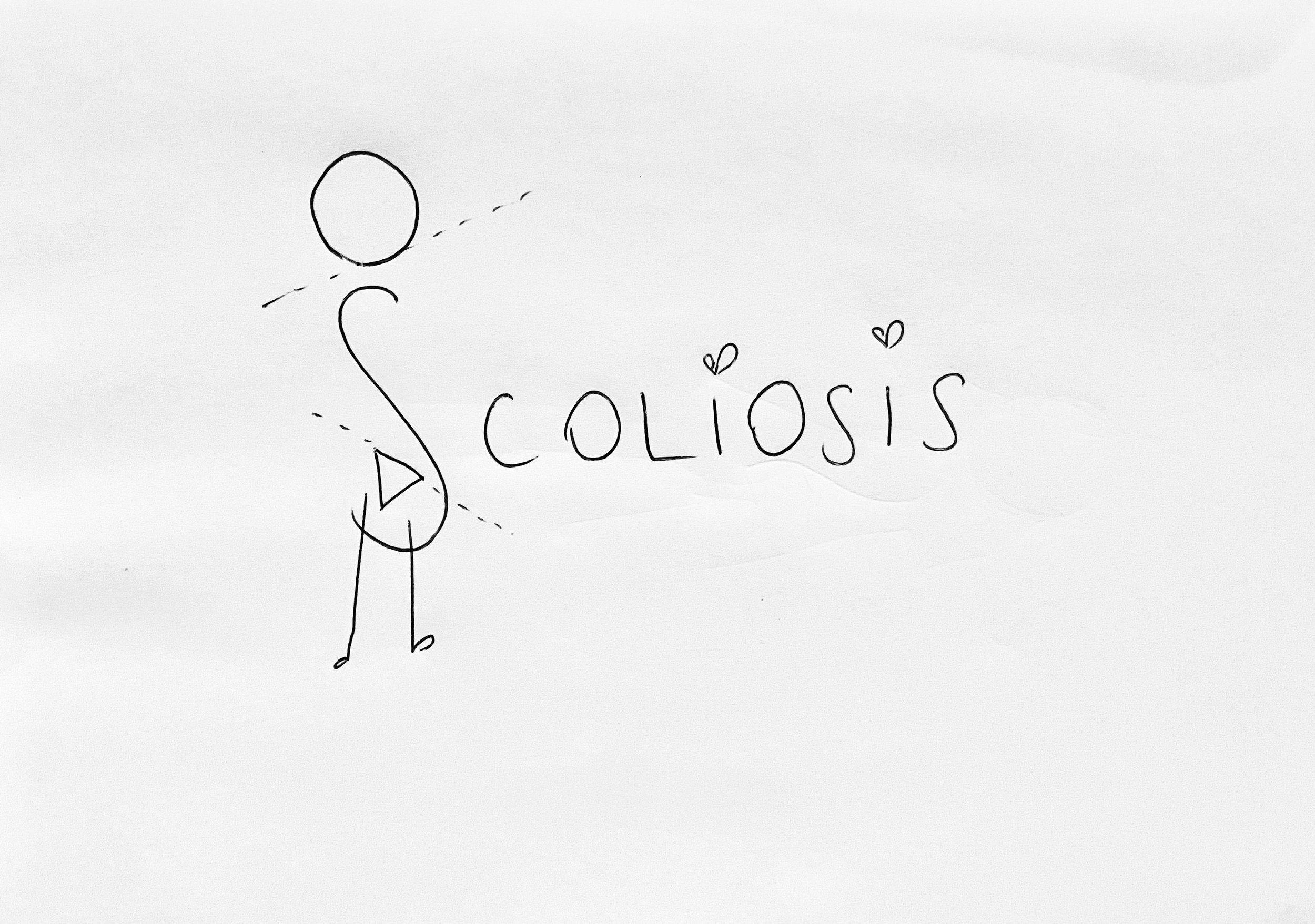By Dr Kristin Webb (Chiropractor) - Nomad Chiropractic
What exactly is scoliosis & what does it mean for your body
Answering all your SCOLIOSIS questions!
Clients often tell me - “I think I have a scoliosis” or that they remember being told they had a scoliosis when they were younger.
I find many clients don’t understand what exactly a scoliosis is & more importantly what it means in regards to the function of their body.
Today I will answer some of your questions around scoliosis & debunk some myths!
What is a scoliosis?
Is it normal?
What causes it?
When is a scoliosis a concern?
What can you do for it?
What is scoliosis?
Scoliosis is defined as the lateral curve of the spine. This means the curvature of a spine as you are looking at someone from behind. Scoliosis often has an associated rotational component which means the vertebrae may have turned & appear more prominent on one side versus the other.
As much as this curve gets all the hype there are a few other curves essential to your spine’s health!
Kyphosis is the curve in the upper part of your back, this is the curve you see as you are looking at someone from the side.
Lordosis can also be seen from the side. Both the curves in your neck & low back are lordotic curves.
Having a scoliosis is actually quite common - I like to say not every tree grows perfectly straight, everyone’s structure is unique!
And like most conditions, scoliosis exists on a spectrum.
As Chiropractors, we often obtain an x-ray or EOS scan of your spine in order to calculate the degree & angle of your spine, as well as help determine the cause of your scoliosis if not idiopathic.
When is a scoliosis a concern?
All spinal curves become a concern when they fall outside normal range and/or when they become symptomatic.
We also consider increases in spinal curves a concern depending on age and the speed at which they are changing.
Scoliosis is considered of concern when it has an angle greater than 10 degrees.
Kyphosis is considered of concern outside 20-40 degrees.
Lordosis is considered of concern outside 30-40 degrees in your neck & 25-45 degrees in your low back.
The balance between these curves is also important to maintaining your centre of gravity & optimal joint centration. Again, this is unique to every body.
At anytime there is a rapid progression of curves at any age it is of concern and screening is recommended to identify the underlying cause of curve progression.
What are symptoms of abnormal spinal curves?
Most commonly we experience a loss the lordosis in neck. This means a straightening of your neck curve which often coincides with a forward head carriage & an increase in thoracic kyphotic cure. This is often from spending so much time looking down (aka tech neck), especially in kids!
Symptoms/signs are often headaches, neck pain, upper back pain & constantly tight shoulders.
In the low back we often experience increased lordosis, also sometimes called an “anterior pelvic tilt” or a “sway back”.
Symptoms/signs include arching, glute & hip tension, aggravation with standing for long periods of time, recurrent low back injuries.
On the other end of the spectrum, many people experience a flattening of the lumbar lordosis often caused by poor hip mobility, prolonged sitting, weak glute muscles and/or tight hip flexors.
Symptoms/Signs includeIncreased kyphosis is often associated with upper back pain, neck & shoulder pain, headaches, recurrent shoulder injuries.
What is the most common cause of scoliosis?
There are two main categories of scoliosis:
Functional Scoliosis - no structural abnormalities; arises from something external to the spine that causes the spine to adopt a curved posture.
The easiest way to think of this is muscle tension or strength imbalances.
ie: dominance in one leg over the other, one hip tighter than the other, repetitive occupational movements in one direction, asymmetrical muscle tension.
Structural Scoliosis - cannot be changed, it is how the spine is built.
Causes of structural scoliosis:
Idiopathic - which means unknown.
Neurolomuscular
Degenerative
Congenital
Syndromic
Idiopathic is the cause in 75% of cases of scoliosis and often occurs in adolescence.
What can I do about my scoliosis?
Once a scoliosis is identified the goal is to stabilize & support it. We want to help keep all the joints in your back moving equally & fluidly. Sometimes this means you need a support from a Chiropractor to help unload some of the joints that take more load at apexes of the curve. Or you may need to learn how to stretch, strength & mobilize your body to balance your curves.
This will be unique to you & your spine!
——-
Nomad Chiropractic in Mosman NSW is a Family Wellness Chiropractic clinic.
Chiropractors: Dr Kristin Webb, Dr Sandy Ghobrial & Dr Lucy Bartlett are Family Wellness practitioners with a focus on paedatrics and pregnancy care.
For more information from the chiropractic management perspective of scoliosis please don’t hesitate to contact the chiropractor near you, or us on 0491 064 117. Book a consult online at: www.nomadchiropractic.com.au

